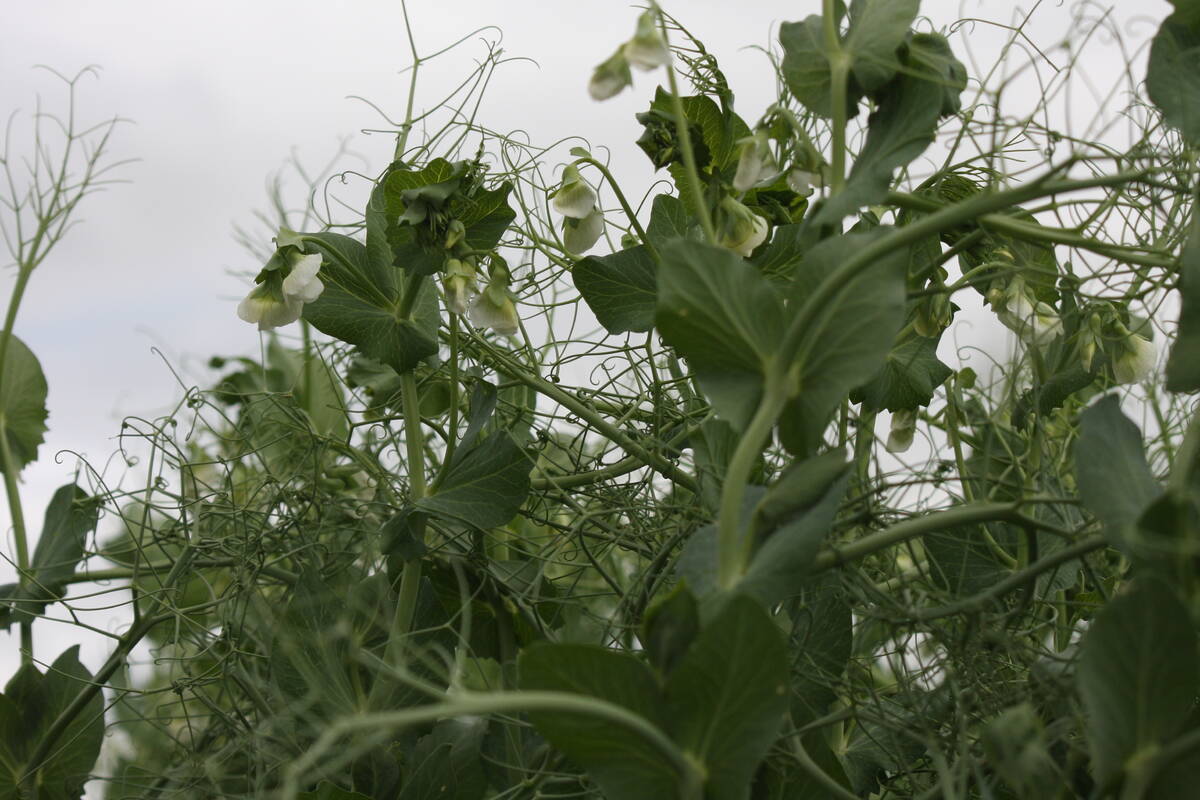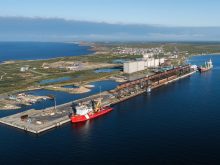Under the good scenario, canola prices would stay at today’s low levels for another year to stimulate demand and then farmers would start making money on the crop again in 2007-08.
The bad scenario is for a crop disaster to strike canola, for prices to spike in response and for farmers holding canola to get temporarily rich.
Of the two scenarios he laid out, canola market analyst Greg Kostal said the second is bad because a canola price short term rally will likely kill much-needed demand development in the long term. With a likely 2.5 million tonne canola carryover, demand must increase.
Read Also

High pea yields shock farmers
There is going to be a massive pea carryout at the end of this crop year.
“How you get rid of (the carryover) is having prices be consistently at a level that will clear into the price-sensitive destinations: China, Pakistan and so on,” said Kostal in an interview.
In 2007-08 prices could return to $7 to $8 per bushel without ruining demand, but prices must stay low now to give buyers an incentive.
“You typically need a year or two with prices hugging the bottom to allow those types of things to happen,” said Kostal, who has studied long-term canola price cycles.
“We don’t know the specifics of how the (price recovery) will happen, but typically that’s how things come and I believe it will be replicated.”
From last summer to the end of December, canola prices were too high compared to soybeans to atract Chinese demand. Many farmers considered the price too low and refused to sell, but that drove away demand.
Now that canola prices have fallen to a level that is attractive compared to soybeans, they are attracting more demand.
“Anybody who can buy canola is buying canola, but on their own terms,” said Kostal.
“It is a buyer’s market. The key is that prices stay flat.”
The demand lost before Christmas can’t be replaced by sales now because the Canadian export system can only move about 250,000 tonnes per month, he said.
An overall agricultural market rally could help the price of canola, but growers shouldn’t count on soybeans to lead them higher.
“Wheat is the leader and soybeans are the dog. That’s just the way it is,” he said.
Farmer and canola industry official Ernie Sirski of Brandon heard Kostal’s forecast at Grain World without batting an eye.
“Six months ago, I thought we were 18 months away from recovery. Now it’s 12 months away,” said Sirski.
Sirski had thought farmers might stick with their canola area this spring. But now that wheat has rallied, he expects some farmers to switch planned acreage from canola to wheat.
While that makes sense for an individual, he hopes there isn’t such a big shift that the price rises against soybeans and kills demand.
“If we’re actively looking for a biodiesel industry and want alternative uses for canola, if we cut production too much the chance of new industries coming in and giving us sustained demand three, five, 10 years from now would be cut too,” said Sirski.
Kostal said he expects canola acreage this spring to decline about 10 percent from last year.















